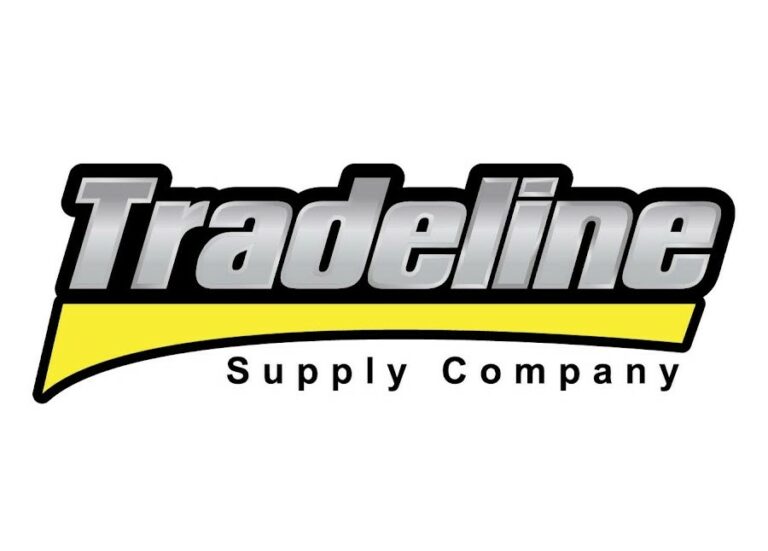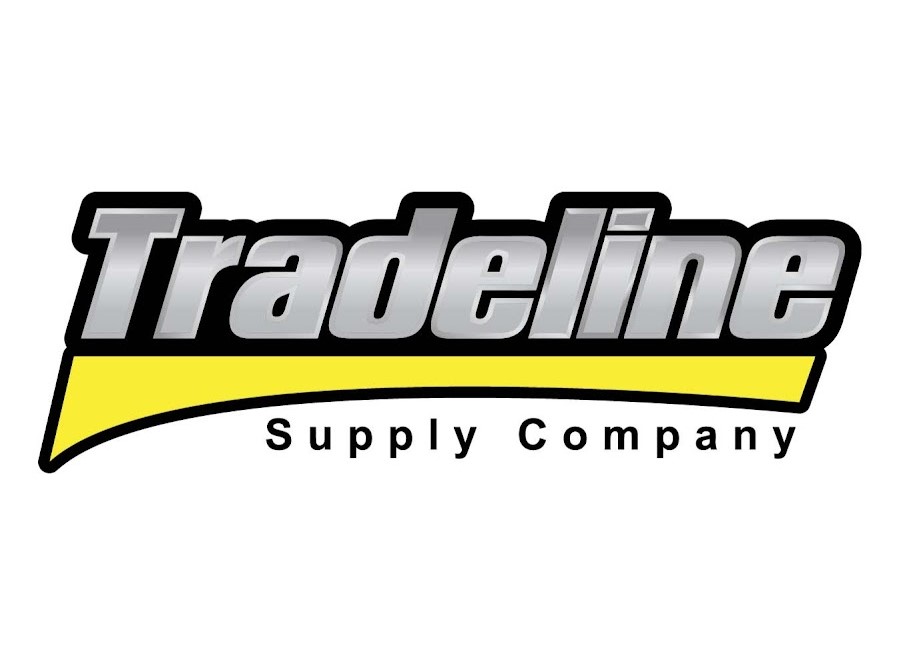What is an Employee Benefits Program?

An employee benefits program refers to a package of non-wage compensations provided to employees in addition to their normal wages or salaries. These programs are designed to attract and retain top talent while promoting employees’ overall well-being and satisfaction.
Types of Employee Benefits Programs
- Health Insurance: This includes medical, dental, and vision coverage for employees and sometimes their dependents.
- Retirement Benefits: Programs like 401(k) plans, pensions, and profit-sharing help employees save for retirement.
- Disability Insurance: Provides income protection if an employee becomes unable to work due to illness or injury.
- Wellness Programs: Initiatives promoting healthy lifestyles among employees, such as gym memberships or health screenings.
- Flexible Work Arrangements: Offerings like remote work options or flexible hours to accommodate work-life balance.
- Workers’ Compensation Insurance: Provides coverage for employees who are injured or become ill while on the job, offering financial support and medical benefits.
Purpose of Employee Benefits Programs
These programs are vital in attracting new talent and retaining existing employees. Companies can stand out in a competitive job market by offering a comprehensive benefits package. These programs contribute significantly to the overall well-being and job satisfaction of employees. Many employees cited benefits as a primary reason to stay with an employer.
Importance of Voluntary Benefits
Voluntary benefits supplement core offerings by allowing employees to customize their coverage based on individual needs. Offering these benefits demonstrates an employer’s commitment to providing diverse options tailored to different lifestyles.
Examples include:
- Paid vacation time.
- Paid sick time.
- Tuition reimbursement.
- Critical illness insurance
- Childcare support.
- Pet insurance.
- Legal assistance plans.
- Mental health benefits.
- Meal allowances.
- Wellness stipends.
The Role of Benefits Providers
Benefits providers play a crucial role in assisting companies with designing and implementing effective benefits programs. They offer expertise in navigating complex regulations while helping businesses select the most suitable benefit options for their workforce.
What is the average Employee Benefits Cost?

The amount employers pay for employee benefits varies widely based on factors such as industry, location, company size, and the specific benefits offered. On average, however, it’s estimated that U.S. employers spend around $41.03 per hour worked for private industry workers. That includes an average of $28.97 per hour for wages and salary and $12.06 per hour for benefits, which is 29.4% of total compensation costs.
The average for civilian workers is $43.26 per hour worked. That breaks down as $29.86 for wages and $13.39 for benefits.
Factors Affecting Employee Benefit Costs
Workforce Demographics: The average cost of employee benefits varies based on factors such as the age, gender, and family size of the employees. For instance, providing benefits to an older workforce might lead to higher healthcare expenses due to increased medical needs.
Industry and Location Impact: Different industries and geographic locations have varying costs associated with employee benefits. For example, companies in high-cost-of-living areas might incur higher expenses for health insurance and other benefits than those in lower-cost regions.
Regulatory Changes Influence: Regulatory changes can significantly impact employee benefit expenditures. For instance, changes in healthcare laws or retirement plan regulations may lead to adjustments in benefit program costs for employers.
Types of Insurance in Employee Benefits
Significant Health Insurance Costs: Health insurance typically constitutes a substantial portion of employee benefit costs. This includes medical, dental, and vision coverage provided by the employer.
Consideration of Life and Disability Insurance: In addition to health coverage, many employers offer life insurance and disability insurance as part of their benefits packages. These additional insurances contribute to the overall cost of employee benefits.
Role of Dental and Vision Coverage: Dental and vision coverage is crucial in determining total benefits expenditure. Employers need to consider these additional coverages when calculating the average cost of employee benefits per person.
FICA Contributions and Unemployment Insurance
FICA (Federal Insurance Contributions Act) includes Social Security and Medicare taxes employers and employees pay. Understanding how these contributions affect employer costs is essential when assessing overall benefit expenses. These are legally required benefits in most cases.
Employers must effectively manage unemployment insurance expenses, which are influenced by factors such as turnover rates, claim history, state regulations, and payroll costs. Effectively managing these expenses can help control the overall cost of employee benefits programs.
Private vs Public Cost of Employee Benefits
Comparison between private and public sector employee benefit costs.
- Public Sector: These organizations often provide more standardized benefits than private companies, which may offer more diverse packages. Public sector organizations may have allocated budgets for specific benefits programs based on government regulations.
- Private Sector: Employers in the private sector have more flexibility in designing customized benefits plans tailored to their employees’ needs, potentially impacting overall costs. However, private companies may face competitive pressures to attract top talent through comprehensive benefits offerings, influencing their spending on employee perks.
How does my business maximize an Employee Benefits Budget?

Effective budget allocation to employee benefits is crucial for your business’s financial well-being and your employees’ satisfaction. To ensure that the benefits budget is maximized, consider customizing benefits packages to meet the diverse needs of your workforce. This can involve offering a range of options, such as health benefits, mandatory and voluntary benefits, and supplemental pay.
When evaluating salary and overhead costs for each employee, it’s essential to consider the total compensation package, including the various benefits offered. Doing so gives you a comprehensive understanding of the actual cost per employee. This approach allows you to make informed decisions regarding benefit offerings while ensuring they align with your budgetary constraints.
Long-term financial planning related to benefits should be carefully considered when formulating a budget. Anticipating future costs and potential changes in benefit needs enables proactive decision-making and minimizes unexpected financial strain on your business.
Utilizing data analysis can provide valuable insights into optimizing benefits budgeting. By analyzing utilization rates, employee feedback, and industry benchmarks, you can identify areas where adjustments or reallocations may be necessary to enhance the overall effectiveness of your benefits program.
Pricing Structure of Benefits Platforms
Selecting cost-effective benefits platforms involves evaluating various criteria such as administrative fees, service levels, and scalability. Understanding how different pricing models impact overall benefit expenses is essential for making informed choices that align with your budget goals.
When assessing potential benefits providers or platforms, consider the initial costs and any long-term implications on your budget. Some providers may offer attractive introductory rates but have hidden fees or limited support that could result in higher overall expenses over time.
Comparing different pricing structures among benefits platforms can help you identify which option provides the most value within your budget constraints. Whether it’s a flat fee per employee, tiered pricing based on usage, or other models, understanding how these structures impact costs is vital for effective budget management.
How can I reduce the Cost of Employee Benefits Programs?

Offering a range of benefits packages is crucial. You can create a flexible system that minimizes overhead costs by catering to diverse employee needs with various options like health benefits or voluntary insurance programs.
Implementing wellness programs is another smart move. These initiatives promote employee health and well-being while potentially lowering health insurance costs. It’s like investing in preventive maintenance for your car – it might cost a little upfront, but saves you from bigger bills down the road.
Negotiating with benefits providers for competitive rates is vital. Getting lower rates from providers helps keep your benefit program costs in check. Exploring options for quality of life or other voluntary benefits also plays a significant role. These extra perks allow employees to choose what they need without inflating the budget unnecessarily.
What are the benefits and drawbacks of Employee Benefits?
Employee benefits are a powerful tool for companies to attract and retain top talent. When businesses offer attractive benefits, they stand out in the competitive job market. These perks make current employees happier and entice potential candidates to join the team.
The allure of employee benefits extends beyond just satisfying current staff. It also plays a pivotal role in retaining them. Satisfied employees tend to stay longer with a company, reducing turnover rates. This stability within the workforce contributes positively to the overall success of an organization.
On the flip side, while offering employee benefits is advantageous in many ways, it also brings its own challenges. The cost factor cannot be overlooked. Employers bear substantial expenses when providing comprehensive benefits packages such as health insurance or retirement plans.
Moreover, managing these benefit programs can be quite burdensome for companies. It requires dedicated administrative efforts to ensure all employees receive their entitled perks without discrepancies or delays. This administrative workload demands time and resources from employers that could otherwise be allocated elsewhere within the business.
Another drawback lies in the potential disparity among employees regarding benefit distribution. Factors like seniority or job position may lead to variations in benefit offerings across different levels within an organization. This inequality can affect employee morale and create tensions within teams.
Employee Benefits Pros & Cons

Pros:
- Attract and retain top talent.
- Increase employee satisfaction and morale.
- Improve overall company culture.
- Provide financial security for employees.
- Enhance work-life balance.
Cons:
- Costly for employers to maintain.
- Can be complex to administer.
- All employees may not utilize some benefits.
- Potential for creating inequality among employees.
- Additional administrative burden for HR personnel.
Frequently Asked Questions

Here are the most common questions about the cost of benefits per employee.
How do you calculate Benefit or Program Costs Per Employee?
To calculate the benefit or program costs per employee, add all the expenses related to employee benefits, such as healthcare, retirement plans, and other perks. Then, divide the total cost by the number of employees. This will give you the average cost per employee for benefits.
Should I outsource Employee Benefits Management?
When considering whether to outsource employee benefits management, weighing the costs and benefits is crucial. By outsourcing benefits management, you may achieve cost savings through economies of scale and access to specialized expertise.
However, it’s essential to carefully evaluate the potential costs of outsourcing and compare them to the benefits in terms of efficiency and effectiveness. Additionally, consider the impact on employee satisfaction and engagement and the potential for improved compliance and risk management. Ultimately, the decision to outsource employee benefits management should be based on a thorough analysis of costs and potential benefits.
What is the Fully Loaded Cost of an Employee?
The fully loaded cost of an employee includes not only their salary but also additional expenses such as benefits, taxes, and overhead. To calculate this, add all these costs associated with employing a staff member to get a comprehensive picture of what it truly costs to have that person on board.
Are there financing options to help launch Employee Benefits?
Yes, various financing options are available to help launch an employee benefits program. Small business term loans provide a lump sum of cash that you can use for various purposes. A working capital loan provides funds to cover day-to-day expenses like payroll.
You might also be interested in one of the following small business loans:
- Bad credit business loan.
- Business line of credit.
- Equipment financing.
- Invoice factoring.
- Merchant cash advance.
- Revenue-based financing.
- SBA loans.
- ERTC Advance.
How Much Do Benefits Cost Per Employee – Final Thoughts

As you navigate the world of employee benefits, remember that staying informed and adaptable is crucial. The landscape of benefits is constantly evolving, so don’t be afraid to reassess and tweak your approach as needed. The key is not just about cutting costs but maximizing the value of every dollar spent on benefits.
Your employees will thank you for providing valuable benefits that enhance their work-life balance. So go ahead, take charge, and craft an employee benefits program that fits your budget and elevates your company’s overall well-being.
Contact us if you have more questions about the costs of employee benefits or to apply for a small business loan. Our business funding experts can help you find the best financing options for your goals.











